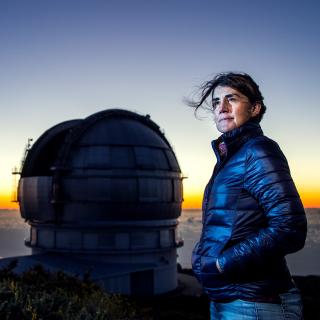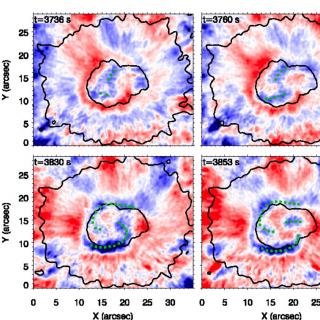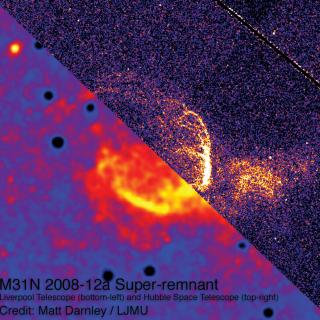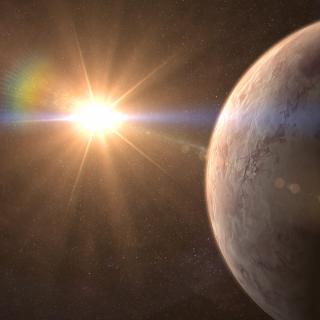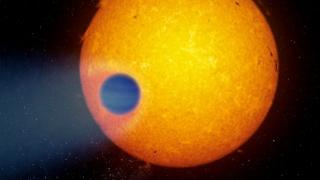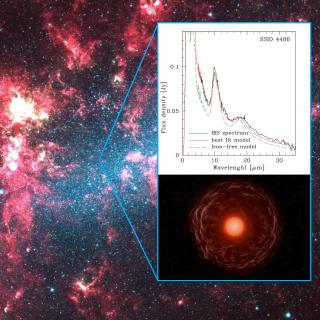
The Instituto de Astrofísica de Canarias (IAC) has participated in a study which has discovered a group of stars very poor in metals and shrouded in a high fraction of iron dust, situated in the Large Magellanic Cloud. This work has used a combination of theoretical models of the formation of dust in circumstellar envelopes with infrared observations taken with the Spitzer Space Telescope. The work includes predictions for the future James Webb Space Telescope.
Advertised on
